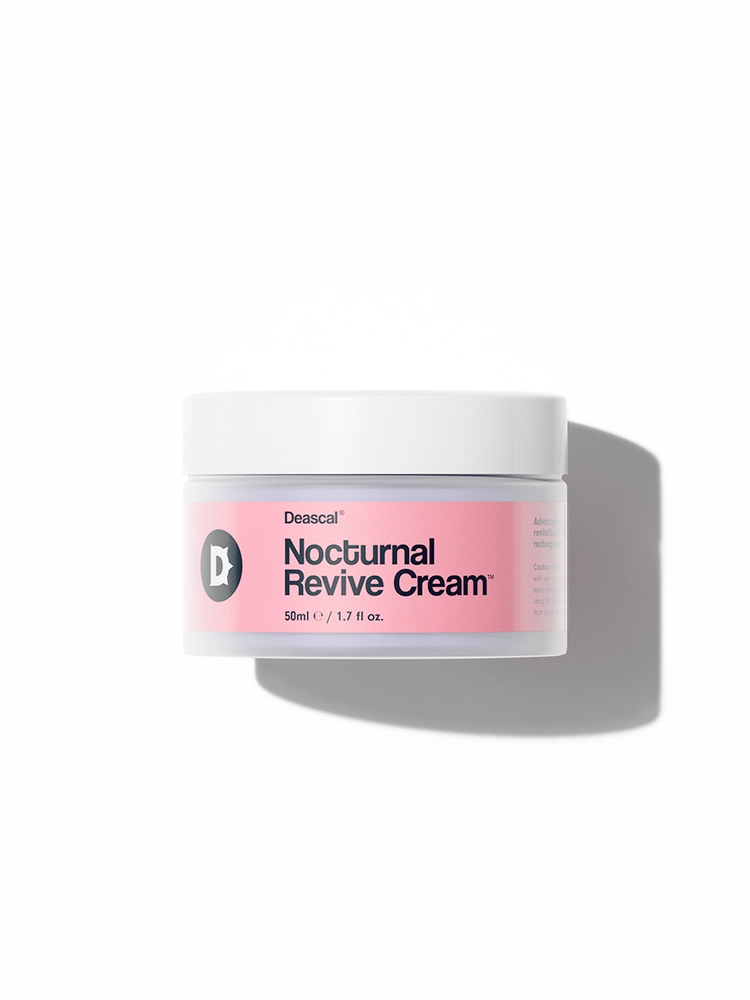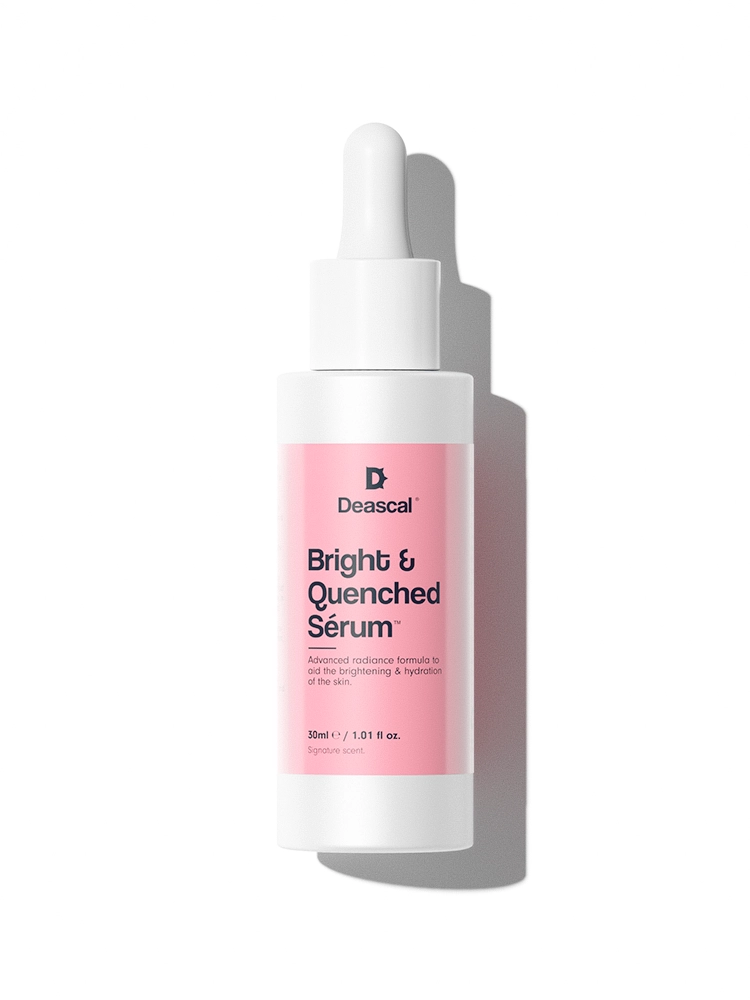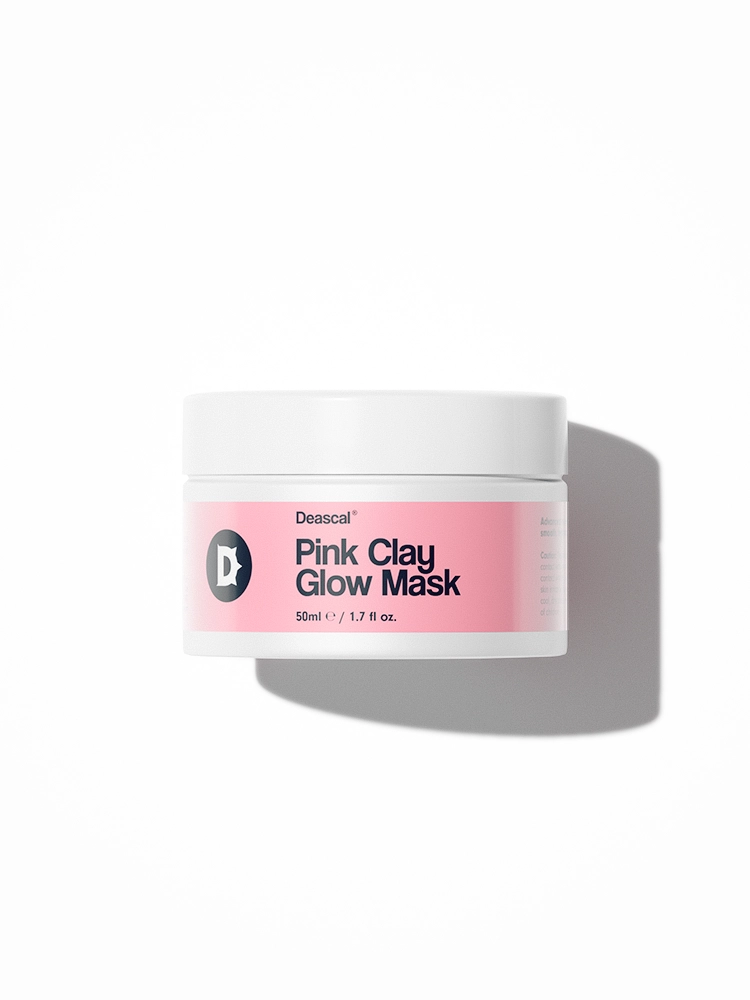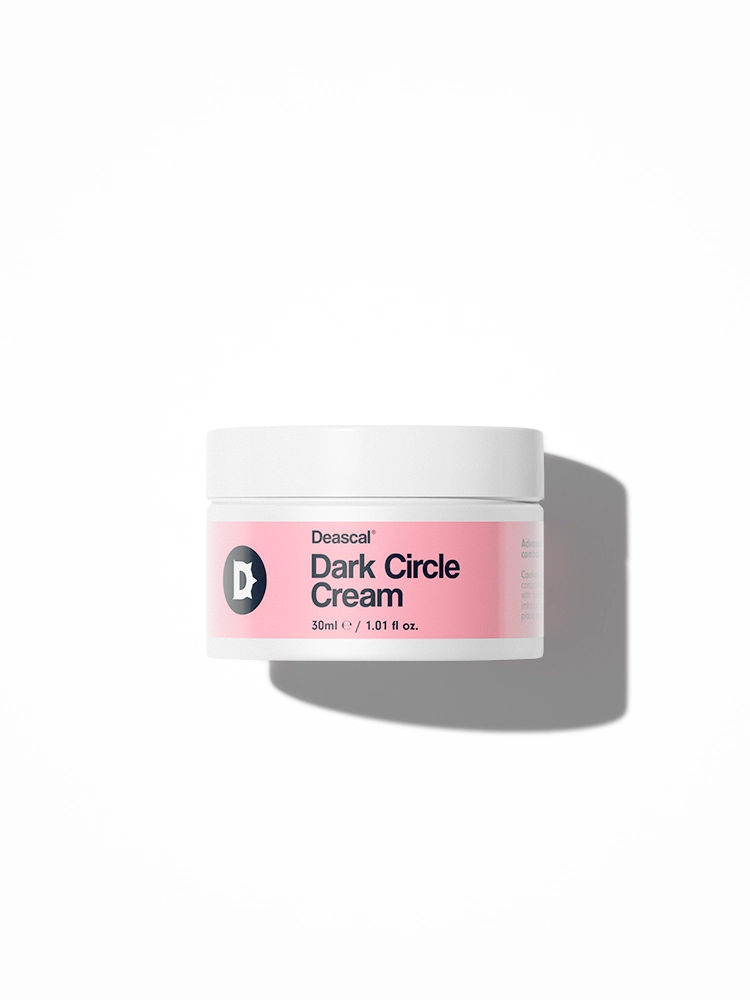What is Adipic Acid/Ppg-10 Copolymer?
Adipic Acid/PPG-10 Copolymer is a synthetic ingredient commonly found in various cosmetic and personal care products. This copolymer is formed by combining adipic acid and PPG-10 monomers, resulting in a versatile compound that serves multiple functions in formulations. You might also come across it under different names, such as Adipic Acid/Polypropylene Glycol-10 Copolymer, but they all refer to the same ingredient.
The use of Adipic Acid/PPG-10 Copolymer in cosmetics has evolved over time. Initially, the focus was on its ability to form films and control viscosity, making it an attractive option for enhancing the texture and stability of products. Over the years, its role expanded to include acting as a plasticizer, which helps in making products more flexible and easier to apply.
The manufacturing process of Adipic Acid/PPG-10 Copolymer involves a chemical reaction between adipic acid and PPG-10 monomers. Adipic acid, a dicarboxylic acid, reacts with PPG-10, a polymer of propylene glycol, under controlled conditions to form the copolymer. This process ensures that the resulting compound has the desired properties for use in cosmetics, such as film-forming ability, flexibility, and viscosity control.
The Benefits/Uses of Adipic Acid/Ppg-10 Copolymer
In this section, we will delve into the officially recognized cosmetic benefits and uses of Adipic Acid/Ppg-10 Copolymer:
Film Forming
One of the standout benefits of Adipic Acid/Ppg-10 Copolymer is its film-forming ability. This means that when applied to the skin or hair, it creates a thin, continuous layer. This film can help to lock in moisture, protect the skin from environmental aggressors, and even provide a smooth base for other cosmetic products. Think of it as a protective shield that enhances the performance and longevity of your makeup or skincare routine.
Plasticiser
Adipic Acid/Ppg-10 Copolymer also functions as a plasticiser. In simple terms, this means it helps to make other ingredients more flexible and less brittle. This is particularly useful in products like nail polishes and hair sprays, where flexibility and durability are key. By improving the pliability of these products, it ensures they perform better and last longer without cracking or flaking.
Viscosity Controlling
Another important role of Adipic Acid/Ppg-10 Copolymer is its ability to control viscosity. Viscosity refers to the thickness or thinness of a liquid. By adjusting the viscosity, this ingredient helps to ensure that cosmetic products have the right consistency for easy application and optimal performance. Whether it’s making a lotion more spreadable or a gel more stable, this copolymer ensures that the product feels just right when you use it.
Note: the listed benefits above are exclusively based on the officially recognized and defined functions of the ingredient, as documented by the International Nomenclature of Cosmetic Ingredients (INCI).
Potential Side Effects & Other Considerations
Adipic Acid/PPG-10 Copolymer is generally considered safe for use in cosmetic products. However, as with any ingredient, there are potential side effects and considerations to be aware of:
- Skin irritation
- Allergic reactions
- Contact dermatitis
Regarding individuals who are pregnant or breastfeeding, there is a lack of specific data and research on the topical usage of Adipic Acid/PPG-10 Copolymer during pregnancy and breastfeeding. Therefore, it is advisable for these individuals to consult a healthcare professional for further advice.
Adverse reactions to Adipic Acid/PPG-10 Copolymer are relatively uncommon. However, it is always recommended to perform a patch test before widespread usage to ensure that the ingredient does not cause any adverse reactions on your skin.
On a comedogenicity scale of 0 to 5, Adipic Acid/PPG-10 Copolymer is generally considered to have a low comedogenic rating, typically around 1. This means it is unlikely to clog pores and cause acne or breakouts, making it suitable for individuals prone to blemishes.




